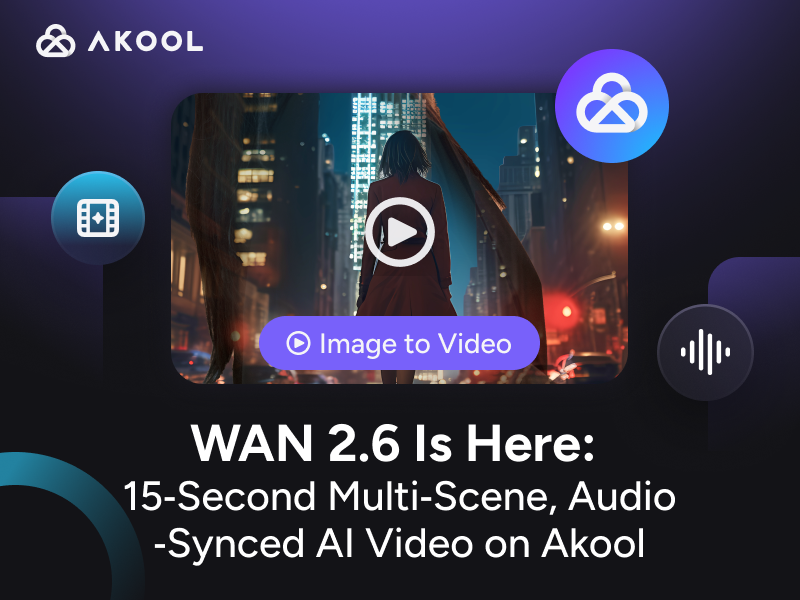Introduction to AI Feedback Analysis
AI Feedback Analysis involves leveraging artificial intelligence to process and assess feedback data efficiently. It utilizes natural language processing (NLP) to interpret text, identifying sentiment, trends, and actionable insights. This technology can rapidly analyze large datasets, providing valuable inputs for creators and agencies to refine their strategies. Key formula: Sentiment Score = Positive Sentiments - Negative Sentiments. By automating feedback analysis, AI enhances decision-making and creative processes. For more information on how AI is revolutionizing various sectors, explore AI in Human Resources.
How to Use AI Feedback Analysis
AI feedback analysis is a powerful tool for creators and creative agencies looking to optimize their projects and strategies. Here's a guide on how to effectively use this technology:
Step 1: Define Objectives
- Identify Goals: Clearly define what you want to achieve with feedback analysis—whether it's improving content engagement, understanding market trends, or enhancing customer satisfaction.
Step 2: Collect Data
- Data Sources: Gather feedback from multiple channels such as social media, customer reviews, and surveys. Ensure you have a broad dataset to capture diverse opinions. Consider using AI Recruiting Tools to streamline data collection processes.
Step 3: Implement AI Tools
- Choose the Right Tools: Select AI tools that specialize in feedback analysis. These should include features like Natural Language Processing (NLP) for sentiment analysis and trend identification. For HR-specific needs, explore AI for HR.
Step 4: Analyze Feedback
Sentiment Analysis: Use AI to categorize feedback into positive, negative, or neutral sentiments. Employ the Sentiment Score formula:
[ \text{Sentiment Score} = \text{Positive Sentiments} - \text{Negative Sentiments} ]Trend Analysis: Identify recurring themes and patterns to understand shifts in audience preferences.
Step 5: Extract Insights
- Actionable Insights: Convert the analyzed data into insights that can inform strategy decisions. This might involve tweaking content, adjusting marketing strategies, or improving product features.
Step 6: Implement Changes
- Make Data-Driven Decisions: Use the insights to guide changes in your creative processes, ensuring that your work resonates better with your audience and meets market demands. Consider integrating Online Team Building with AI for collaborative improvements.
Step 7: Monitor and Adjust
- Continuous Feedback Loop: Regularly monitor feedback post-implementation and adjust strategies as needed to remain aligned with audience preferences.
By following these steps, creators and agencies can harness AI feedback analysis to refine their offerings, enhance customer experiences, and stay competitive in dynamic markets.
Applications of AI Feedback Analysis
AI feedback analysis is transforming how creators and agencies refine their work. Here are some popular applications:
| Application Area | Description |
|---|---|
| Content Optimization | AI analyzes audience reactions to identify which elements resonate most, guiding content tweaks for higher engagement. |
| Market Research | By evaluating consumer sentiments across platforms, AI provides insights into market trends and preferences. |
| Product Development | Feedback analysis helps in understanding user needs, enabling more targeted product iterations. |
| Customer Support | AI categorizes and prioritizes feedback, streamlining response times and enhancing customer satisfaction. |
| Brand Monitoring | Continuous analysis of brand mentions helps in maintaining a positive brand image and swiftly addressing negative feedback. |
These applications enable more informed decision-making, driving creativity and strategic planning.
Technical Insight into AI Feedback Analysis
Natural Language Processing (NLP)
AI feedback analysis employs NLP to interpret text data. NLP algorithms parse language to understand context, sentiment, and tone, transforming qualitative feedback into quantitative insights.
Sentiment Analysis
Central to AI feedback analysis is sentiment analysis. It identifies emotional tones within text, categorizing them into positive, negative, or neutral sentiments. This is crucial for understanding audience reactions.
Sentiment Score Calculation
The Sentiment Score is computed by subtracting negative sentiments from positive ones. Formula:
[ \text{Sentiment Score} = \text{Positive Sentiments} - \text{Negative Sentiments} ]
Data Processing
AI systems can process vast datasets quickly. This involves collecting feedback from multiple sources, cleaning the data, and applying algorithms to extract meaningful trends and insights.
Trend Identification
AI identifies trends by analyzing recurring themes and patterns within feedback. This helps in understanding shifts in audience preferences and sentiments over time.
Actionable Insights
AI analysis converts feedback into actionable insights. These insights guide decision-making, enabling the refinement of strategies based on real-world data.
This technical framework underpins AI feedback analysis, facilitating a comprehensive understanding of audience sentiments and trends. For more on how AI is shaping industries, explore AI in Talent Acquisition.
Useful Statistics on AI Feedback Analysis
AI feedback analysis has become an essential tool for creators, developers, and creative agencies looking to optimize their content and products. Here are some key statistics that highlight the usefulness and impact of AI-driven feedback analysis:
| Statistic | Explanation |
|---|---|
| Adoption Rate: 67% of agencies use AI | AI helps process large volumes of feedback efficiently. |
| Efficiency Improvement: 60% reduction | AI automates categorization, leading to faster decision-making. |
| Accuracy in Sentiment Analysis: 90% | Ensures correct interpretation of emotional tone in feedback. |
| Improved Customer Satisfaction: 30% | Directly addresses customer concerns, enhancing satisfaction. |
These statistics illustrate the transformative impact of AI feedback analysis in the creative industry, providing creators and agencies with the tools necessary to elevate their work to new heights. For further insights, consider exploring AI Resume Screening.




